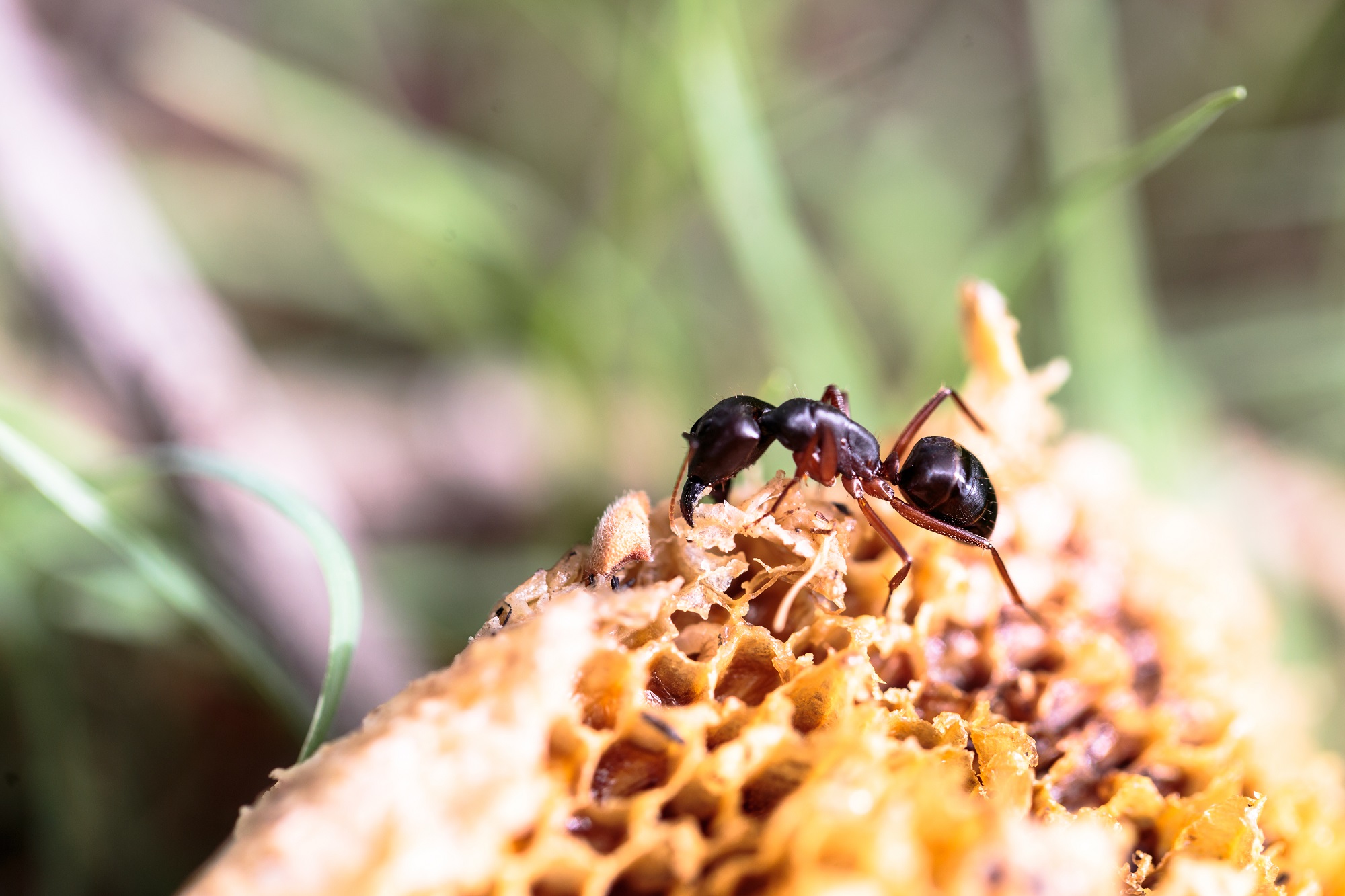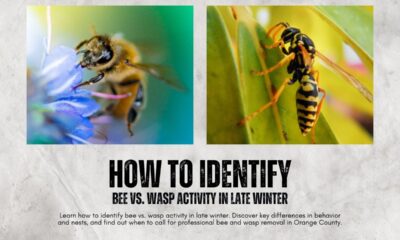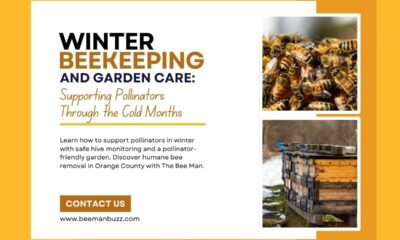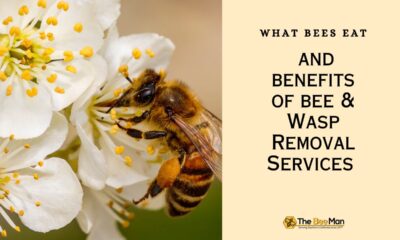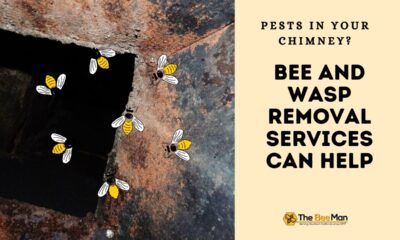Home Improvement
What Bugs Your Bees in the Winter? Learn About Beekeeping Pests
Getting rid of the creatures in your beehives is a must for the overall health of your honeybees. Small beetles, wax moths, and varroa mites are often very common and it is critical to learn how to deal with them.
Beekeepers are usually reluctant to look for help when they find a cluster of creatures living in the hive. However, it is essential to learn how you should remove these little creatures whether you are living in Orange County or anywhere in the world.
It is important to note that beehives are like a haven from the outdoors. They are warm, dry, protective, and have a well-stocked pantry! No wonder so many creatures find them alluring. Therefore every beekeeper usually faces a series of different challenges because these intruding creatures will vary depending on the local environment.
Most of the creatures you find in the hive will cause you inconvenience but they won’t usually pose a long-term threat to your colony. However some creatures, such as mice and shrews, definitely need to be removed from a beehive with the help of bee removal experts in Orange County!
Spider webs
Whether it is in your home or a dorm, spiders are often the biggest problem in the winter for so many people and spider webs around the beehives are not an exception.
Pro tip: always wear gloves when pulling the case down and then use a honeycomb tool to remove the spider webs.
There is no doubt that other types of spiders will find this comfortable space attractive, so remember to check consistently.
Before you throw the cover on the ground, remember to look inside of it. Depending on the season, the covering may contain spiders, ants, ear, small, or mysterious larvae. It is essential to scrape the hive-type zoo onto the grass. Make sure to check for the queen before discarding it!
Ants
Whether or not ants are problematic depends on their species. Most ants are just opportunists looking for light meals, although some ants (such as the Argentine variety) can drive a colony out of their hive.
Ant problems in the southern region of the equator are usually more serious, and the type of ants varies from region to region. There are about 1,000 species of ants in North America, but beekeepers rarely encounter a severe ant problem.
Beetles
Whenever a beekeeper sees a beetle, they typically can automatically assume there is a beetle hive nearby. According to research, there are around 30,000 species of beetles in North America, so you can expect some of them to be making a home around a bee colony.
Earwigs
A variety of earwigs can be found on earth, but beekeepers are most likely to spot the most common type, Forficula auricularia. it was introduced in Europe for the first time in 1907.
These insects are nocturnal. You will usually find them hidden in small cracks during the day and foraging at night. They are considered to be scavengers, swallowing living plants, dead and decaying plant material, and small insects such as mites.
They use a narrow space for protection in the hive but aren’t necessarily considered to be an immediate threat to bees, but they still need to be removed from beehive through the help of bee removal experts in Orange County.
Stink bugs
Recently, beekeepers reported seeing brown stink bugs in their hives. This crop pest (Halyomorpha halys) was introduced into the United States in 1998 but has been widespread throughout the African continent.
It is a sucking insect that causes extensive damage to plants and can use the hive as a convenient hiding place.
These insects survive in the cold months by finding shelters in houses, door frames, under siding, and in barns and garages. Once they find the right place to hide, they usually hibernate in the winter. However, if they get too hot, they may wake up and start walking or flying.
The warmth of the hive is enough to wake them up because the beekeepers have reported seeing them strolling on the top pillars and collecting them below.
Mouse and Shrews
If you find mice or shrews, you should remove them from the hive as soon as possible. If they are not promptly removed, the colony can quickly starve to death. Usually, the first sign of a mouse in a hive is finding moss on the bottom plate or varroa tray, which is the material it typically brings to build the nest. Honey pools around the nest can also be a clue to mouse damage. You can also buy an infrared camera to detect the exact position fo the mouse in the hive.
A strew is a small mammal that can be guarded by normal mice. They mainly live in the northern regions and invade beehives during the winter. Shrews typically grab a cold, sluggish bee from outside the group, removes its head, and eats the contents of the throws.
They leave a lot of parts, including the abdomen, wings, and empty throws. However, the quarter-inch mesh at the entrance to the hive is usually small enough to keep them out.
There are so many creatures in such a small space that can cause damage to your beehive that’s why it is best to call for bee removal services in Orange County, not to remove the bees, but to help save your honeybees from these pests. What other creatures have you seen in your hive?

